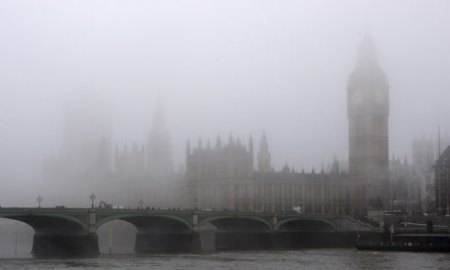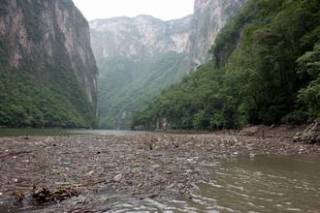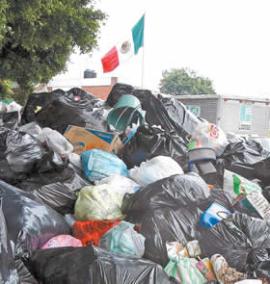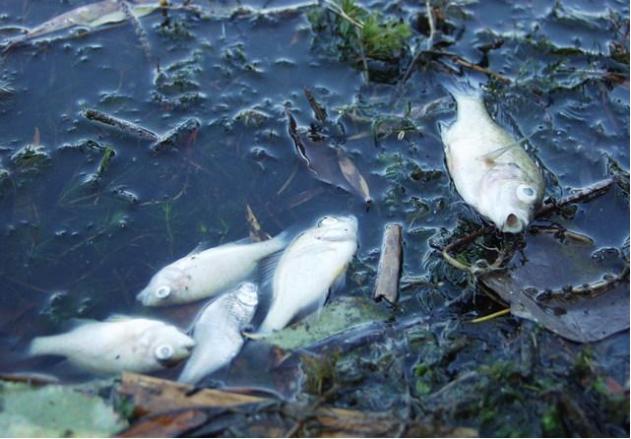The Industrial Revolution had important consequences throughout the world. There was an increase in production, transportation become more efficient, whilst ecological problems also occurred. The Industrial Revolution introduced the process of production using machines and tools driven by new energy sources produced from solid fuels, this in turn led to their consumption increasing. The effects of the combustion of these products gradually began to exert their effects on the biosphere. Furthermore we must understand the effects of “urban phenomenon”, these led to damage to natural systems and increasing environmental pollution, derived from forms of energy that heavily polluted the environment to which human society is subject.
Situations such as erosion, desertification, deforestation and loss of biodiversity are intimately linked with ecological problems and are the result of several factors that have to do with how we have handled renewable natural resources and natural factors. Also one of the most important problems nowadays is overpopulation. During the past 60 years, the population in Mexico has grown five times. In 1950 there were 25.8 million people, in 2010 it was 112 300 000.
I want to emphasize this problem because this is linked with the seven environmental problems we face in 2013. Overpopulation inhibits equitable distribution of food and water and nobody wants to talk about resource depletion. Mexico has grown significantly in recent years and this has brought consequences: there is not enough space for people to live and this causes deforestation. Our woods and fields are no longer used for agriculture and this also affects biodiversity. We might have enough space to live but what about our food and water which are our main resource to live? Also there is another problem in Mexico which affects our country: water scarcity. This environmental problem affects more people than any other and is considered one of the most serious, because without water, we would simply all die.
As a conclusion, thanks to this research about the main problems in our country I notice that all of them are linked and if we confront one we can counter all the rest.
By Valeria Conde



 Regarding water pollution, there are plenty of places that are severally damaged in Mexico. I have my own experience visiting someplaces that made me reflect about this topic. Three years ago my family and I went to Chiapas on summer vacations. Wewere very excited because this state is well known because of its natural wonders and diversity. We visited the “Chiflon” waterfalls and the canyon of “El Sumidero”. Words can not describe how beautiful and majestic these places are. Unfortunately instead of being cared for as the wonders they are, the first thing we noticed was that people were able to cook and make fireplaces next to the waterfall. The canyon that the government built for protecting natural wildlife and flora, known as the Natural Reserve, was abandoned and all you could see in the shore was trash. On our way home we stopped in Coatzacoalcos, Veracruz and we couldn’t get to the sea because all along the coast the water was polluted with residual pollutants.
Regarding water pollution, there are plenty of places that are severally damaged in Mexico. I have my own experience visiting someplaces that made me reflect about this topic. Three years ago my family and I went to Chiapas on summer vacations. Wewere very excited because this state is well known because of its natural wonders and diversity. We visited the “Chiflon” waterfalls and the canyon of “El Sumidero”. Words can not describe how beautiful and majestic these places are. Unfortunately instead of being cared for as the wonders they are, the first thing we noticed was that people were able to cook and make fireplaces next to the waterfall. The canyon that the government built for protecting natural wildlife and flora, known as the Natural Reserve, was abandoned and all you could see in the shore was trash. On our way home we stopped in Coatzacoalcos, Veracruz and we couldn’t get to the sea because all along the coast the water was polluted with residual pollutants.




